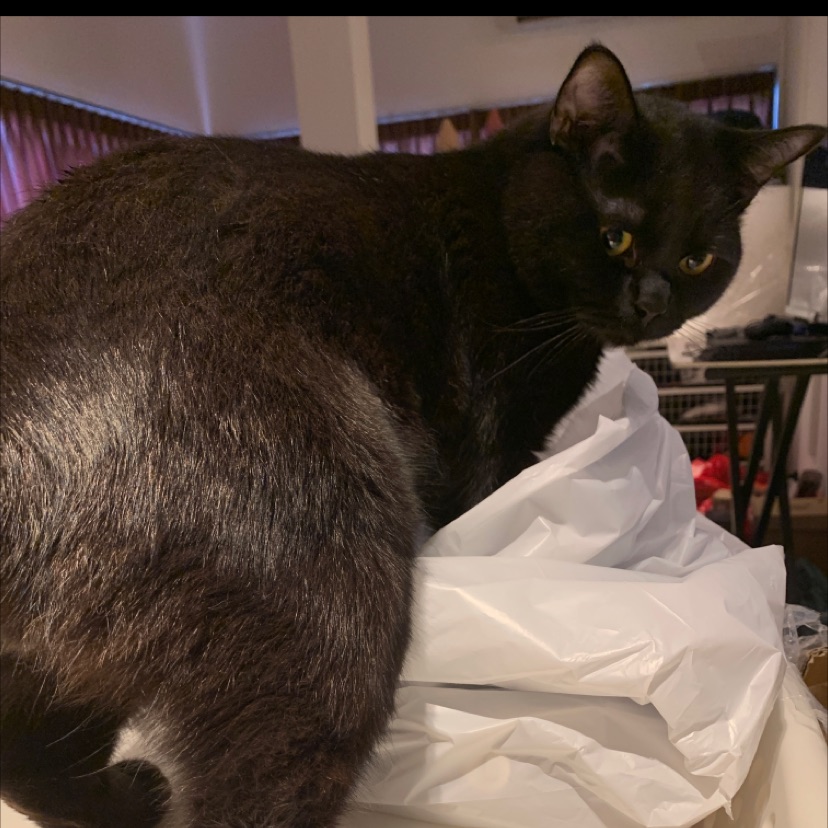
Mabes
暂无个人介绍
IP属地:未知
6关注
27粉丝
0主题
0勋章
Comment and like. Will reply too.
Wall Street ends down as data spooks investors awaiting Fed report
Comment and like please. Will reply too.
抱歉,原内容已删除
Like and comment please
Here Are the 3 Bank Moves Warren Buffett Has Made So Far in 2021
Like and comment pls
S&P ekes out gains to close languid week
Like and comment please
Forget Alibaba, These 3 Chinese Tech Stocks Are Better Buys
Like and comment please. thanks
Here Are the 3 Bank Moves Warren Buffett Has Made So Far in 2021
Like and comment please
The Pandemic May Have Changed Vacations – And Travel Stocks Like Airbnb, Marriott, Winnebago – Forever
Please like
Adobe Getting Lift From Economic Reopening Post-Pandemic
Like and comment please. Will reply
Wall Street closes lower as Fed officials project rate hikes for 2023
Please like and comment. Will reply too.
抱歉,原内容已删除
Like and comment please. Will reply back too.
U.S. IPO Week Ahead: Digital Payments, Mental Health Services, And More In A Diverse 8 IPO
Like and comment pls
抱歉,原内容已删除
Please like and comment
抱歉,原内容已删除
Like
抱歉,原内容已删除
Like and comment please. Will reply.
Can Alibaba Stock Hit $500? If You Got Time, Yes
Please like and comment. Will reply thanks.
What You Should Know About Upstart Holdings' Valuation
Like and comment thanks
Here Are the 3 Bank Moves Warren Buffett Has Made So Far in 2021
Likey
Tech pulls Nasdaq to lower close as Treasury yields rise
Like pls
MRIN Stock: Why Reddit Investors Are Sending Marin Software Higher Today
Like pls
抱歉,原内容已删除
去老虎APP查看更多动态